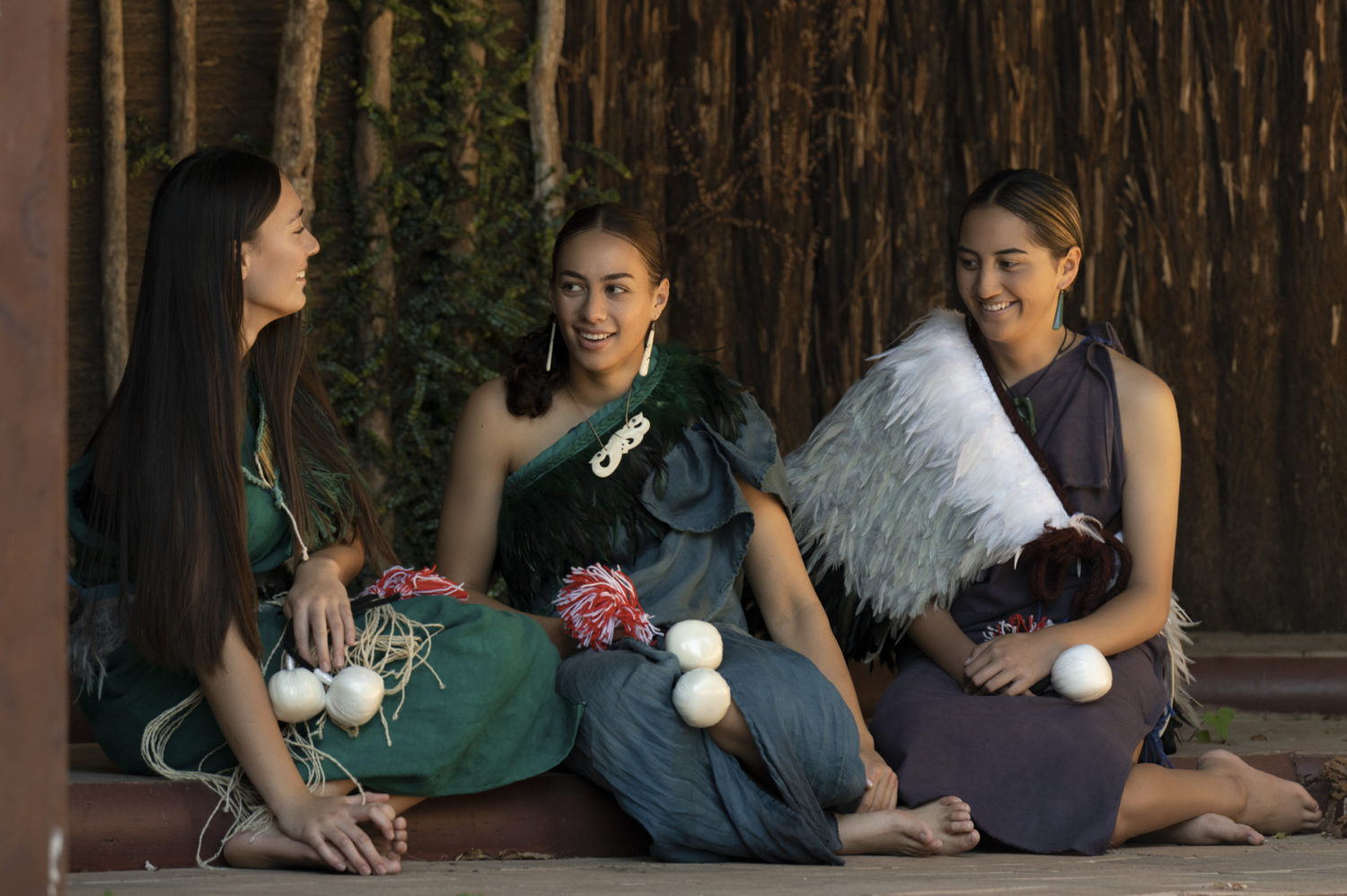Matariki – A Time Of Regrowth For Papatūānuku, Whānau And Māori

Matariki is about regrowth of Papatūānuku, regrowth of whānau and regrowth as a people, explains Te Pā Tū cultural manager Jamus Webster (Te Arawa & Tūhoe).
“My grandfather told me Matariki is a time of reflection, when whānau come together, share in kai, share in thought and share in reflection of those who have passed away in the previous year.
“Once you’ve reflected on those elements, you can move forward and make a plan of what’s going to happen for the future,” he shares.
These are elements Jamus asks manuhiri (visitors) to reflect on and think about on the Tamaki Māori Village Evening Cultural Experience and the Hui E! Kai E! Daytime Experience during Matariki. The powerful and engaging kōrero elevates the understanding of how Māori lived during the winter months when the whetu (stars) of the Māori New Year would rise.
Webster says historically the cold winter days of Matariki were important environmentally as they marked a time of letting Papatūānuku (Mother Earth) replenish and rejuvenate, as the harvest was complete and pataka kai and storage pits were full of produce.
“For a whole month you wouldn’t harvest, you wouldn’t go diving or fishing, so you let everything replenish.
“Mankind consumes by mining and clearing the earth, stripping off the garments of Papatūānuku and exposing her to the elements. The period of inactivity during Matariki allows her to redress and recover herself.”
This also left more time for people to enjoy themselves, which meant Matariki was celebrated with kai, waiata, dancing, art and games.
The proverb ‘Matariki hunga nui’ meaning ‘Matariki has many people’ is about the belief that when Matariki gathers in the sky, it calls people to gather on earth.
This will happen in a national context from 2022 onwards as Matariki will be New Zealand’s first public holiday that recognises Te Ao Māori, observed for the first time on Friday 24 June as a time for reflection and celebration.